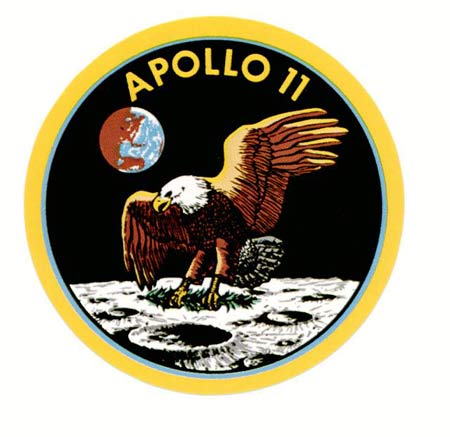Cochran G. and Harpending, H., The 10,000 Year Explosion: How Civilization Accelerated Human Evolution , Perseus Books, NY, 2009.
, Perseus Books, NY, 2009.
In an earlier cb review of a book on the role of culture and education on American intelligence (Nisbett’s Intelligence and How to Get It: , I mentioned a hypothesis by physicist and iconoclast scholar Gregory Cochran suggesting a genetic basis for Ashkenazi intelligence scores (slightly less than one standard deviation above the American population’s average). Nisbett noted that this slight difference in average IQ translated into massive differences in the distribution of individuals at the very highest IQ levels (140+).
, I mentioned a hypothesis by physicist and iconoclast scholar Gregory Cochran suggesting a genetic basis for Ashkenazi intelligence scores (slightly less than one standard deviation above the American population’s average). Nisbett noted that this slight difference in average IQ translated into massive differences in the distribution of individuals at the very highest IQ levels (140+).
Cochran, and anthropologist Henry Harpending, have now written a fuller discussion of their Ashkenazi hypothesis within the context of a much wider contrarian, and occasionally irreverent, book on the new discoveries in human genetics affecting our understanding of the evolution of modern humans. The authors explicitly reject the convential wisdom that human evolution largely stalled with the emergence of Homo sapiens sapiens as the sole hominid species on the planet.
With new techniques for examining the human genome, it’s possible to give approximate dates on the major recent changes to human physiology triggered by migrations into new environments or the adoption of new economic lifestyles (such as pastoralism or agriculture). Key physiological adaptations such as lactose tolerance, resistance to diabetes or obesity, Vitamin D absorption through skin, malarial protections (subject to recessive genetic disease such as sickle-cell anemia), high-altitude occupation, and the aforementioned Ashkenazis’ IQ, now have associated dates and timetables … and new research promises to nail down the timing and nature of similar genetic changes amongst the world’s populations. The impact of such genetic changes, and associated vulnerabilities, on the human occupation of Europe, North America, and Africa/Asia for the last 50,000 years are the focus of this book.
In contrast to most authors in the biological and social sciences, Cochran and Harpending believe that significant and influential human evolution has occurred in the recent past and that the pace of such evolution continues and even accelerates as selective pressures on modern populations intensify. The larger population pools in turn make it more likely that valuable mutations can spread widely and relatively quickly … often in ways that are completely independent of the X and Y sex chromosomes first used to map human genetic history. For example, Cochran and Harpending suggest that there may well have been an exchange of advantageous genetic mutations (through “introgression”) from Neanderthals to Cro-Magnon/H. sapiens sapiens without any associated impact on the paternal or maternal lines of genetic material associated with our species.
By looking back into post-Neanderthal human prehistory with new genetic data, scholars can track the movement of humans out of Africa and into Asia, Europe, Australia, and the Americas. They can also begin to hypothesize about the role that genetic change played in the relative reproductive success of Upper Paleolithic hunters, the first agricultural communities in Eurasia, and the Indo-Europeans who left their cultural and linguistic imprint on roughly 3 billion of the people in the world today.
Read more

